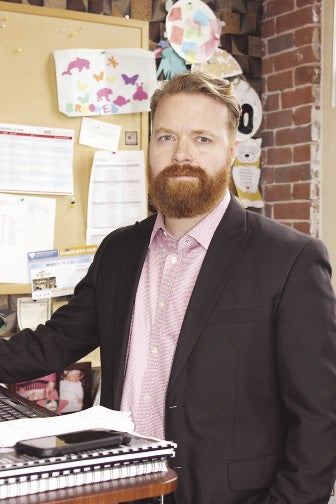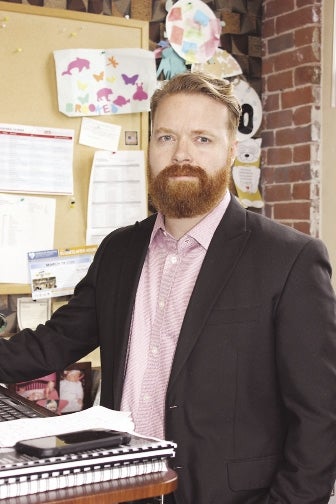For the second part of the Canal District Transformation series, we had to place a lot of trust in what people were telling us, particularly Amy Chase from the small business Crompton Collective
Get Instant Access to This Article
Subscribe to Worcester Business Journal and get immediate access to all of our subscriber-only content and much more.
- Critical Central Massachusetts business news updated daily.
- Immediate access to all subscriber-only content on our website.
- Bi-weekly print or digital editions of our award-winning publication.
- Special bonus issues like the WBJ Book of Lists.
- Exclusive ticket prize draws for our in-person events.
Click here to purchase a paywall bypass link for this article.
As a way to stress the importance of fact-checking and understanding people’s biases, journalism schools still teach students the old adage: If your mother tells you she loves you, get a second source.

This is an extreme example, but it has real-world applications. In business journalism, a running joke is to be wary of what real estate agents tell you about the housing market. The majority will always tell you today is a great time to buy a house, regardless of the actual economic conditions. They aren’t being dishonest, per se, but they do have a very obvious financial stake in creating the perception of a healthy housing market. So, they are eternally optimistic about a big housing rush being right around the corner, even if it isn’t.
For the second part of the Canal District Transformation series, we had to place a lot of trust in what people were telling us, particularly Amy Chase from the small business Crompton Collective. In the first part published in WBJ’s March 18 edition, Staff Writer Eric Casey did the heavy data work to examine how property values in Worcester’s trendy neighborhood had changed since the Polar Park baseball stadium opened. For his second story, “Creating the next chapter”, Casey interviewed players from all over the Canal District, to understand how the infusion of money was changing the neighborhood. The Canal District had seen a number of high-profile business closures in the last three years, but businesses open and close all the time through the city and Central Massachusetts, so he needed to understand if the infusion of money was truly negatively impacting its existing businesses.
This led him to Chase, who said the current version of the Canal District is undeniably the most vibrant, welcoming, and successful in the last 20 years. Obviously, Chase has a financial stake in creating the perception of a healthy neighborhood economy, but she doesn’t have a history of being misleading or overly optimistic. Over the last 10 years, Chase has been frequently quoted and profiled in WBJ, and she has always been straightforward and honest, even to the point where it might impact her business. I take everything people say with a grain of salt, but when I read Casey’s quote from Chase, I believed her. She’s right; the Canal District is trending up and probably going to get significantly better.
Of course, Casey gathered the thoughts of many, many other Canal District players, resulting in his very excellent story gracing this edition. WBJ has done a lot of research to understand the impacts of the Worcester Red Sox and the construction of Polar Park on the city and the Canal District. In this case, I trust what these important players are telling us.
Brad Kane is editor of the Worcester Business Journal.

